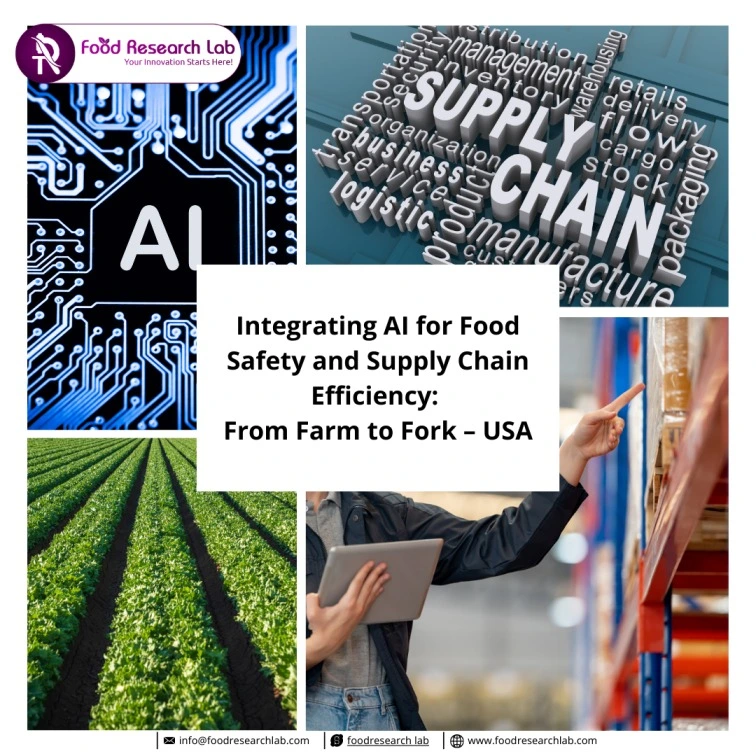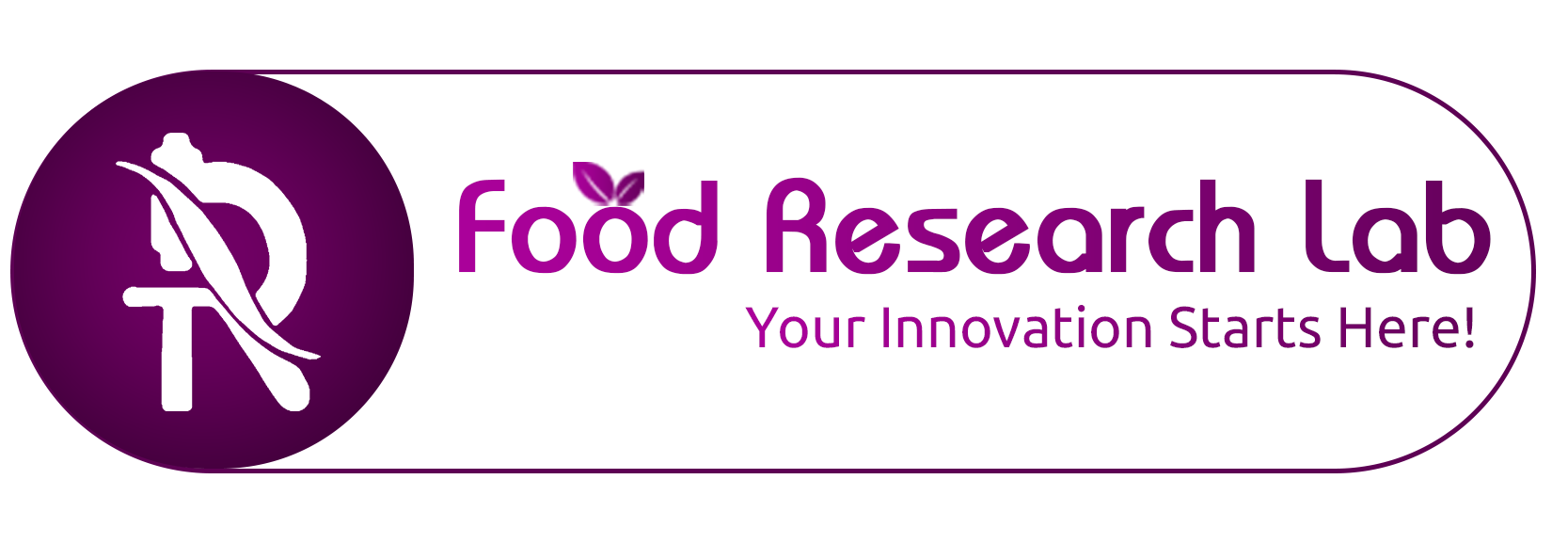1. AI for detection of contamination
Man-made intelligence-based frameworks, controlled by AI and PC vision, are being utilized to identify foreign substances like microbes, synthetics, and allergens in food items. These frameworks can break down pictures from cameras or sensors and distinguish pollution in food creation lines. For instance, man-made intelligence driven frameworks can recognize unfamiliar articles like plastic, metal, or glass in food items during creation, bundling, or appropriation.
- PC Vision: Utilizing cameras and high-level picture handling calculations, man-made intelligence can review food items for noticeable defilement.
- AI: computer-based intelligence frameworks are prepared on enormous datasets to perceive designs related with pollution, further developing discovery exactness after some time.






